SUMMARY
This is AI generated summarization, which may have errors. For context, always refer to the full article.
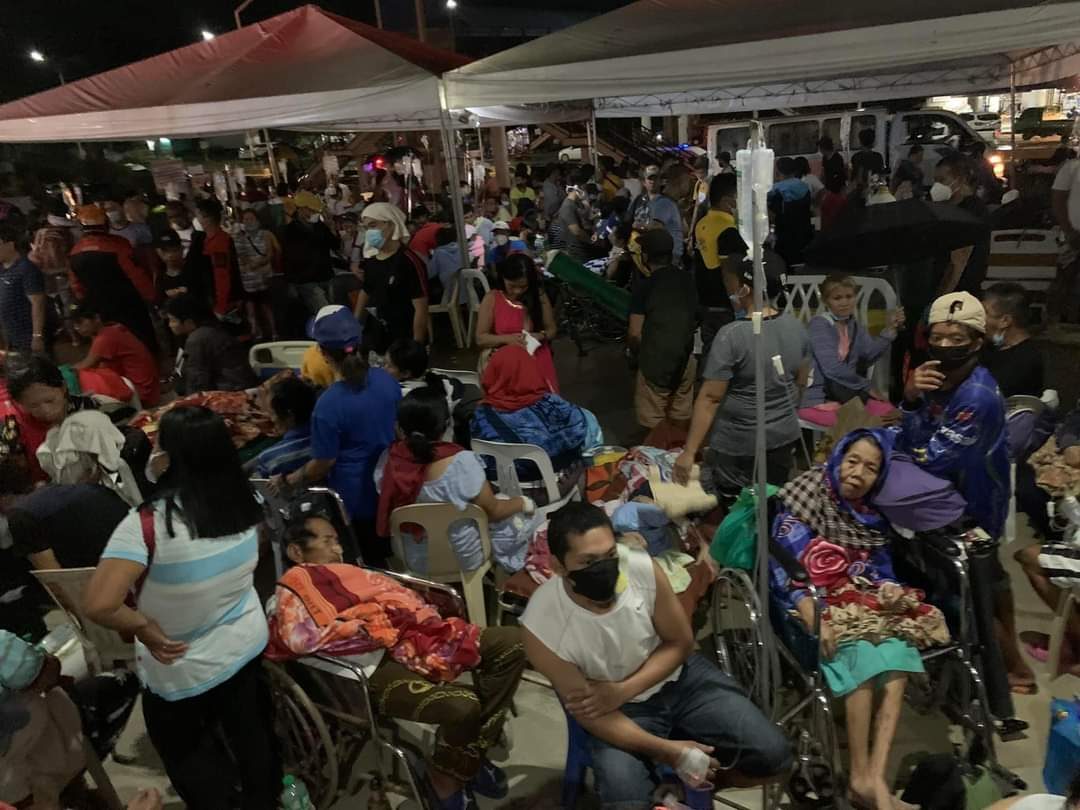
DAVAO ORIENTAL, Philippines – The ground shook with ferocity as a magnitude 6 earthquake struck parts of Mindanao on Wednesday night, February 1, leaving a trail of damage and sending people to panic, especially in the Davao Region.
In response, the provincial governments of Davao de Oro and Davao del Norte called off classes in schools and office work in local governments on Thursday, February 2.
Residents in the coastal towns of Maco and Mabini in Davao de Oro fled their villages for fear of a tsunami after the earthquake, but officials have since assured the public that there was no tsunami advisory and that the origin of the quake was on land, not at sea.
The suspension of classes and work in the two Davao provinces would allow inspection teams to determine if the earthquake caused any damage to school facilities and government buildings.

Davao de Oro Governor Dorothy Gonzaga declared the class and work suspension in the province.
In Davao del Norte, Governor Edwin Jubahib also issued a memorandum order declaring the suspension of all classes in public and private schools.
Officials in the adjacent eastern seaboard province of Davao Oriental said they were assessing the extent of the damage the earthquake caused, said Governor Corazon Malanyaon.
In hard-hit Davao de Oro, the earthquake was felt at Intensity IV to Intensity V, especially in New Bataan, a first-class municipality with a population of over 51,000.
Its effects were strong enough to send people outdoors.
Students and teachers fled classrooms and medical workers brought patients to open spaces, outside of a hospital.
The earthquake caused damage to homes and establishments. Photos and videos of objects shaking and fallen merchandise went viral on social media.
In a statement, the Municipal Disaster Risk Reduction and Management Office of Maco town in Davao de Oro said the seawater receded, but eventually went back to its normal level.
The earthquake registered at Intensity III in Davao City and Intensity V in Nabunturan, Davao de Oro. It was felt in other cities across Mindanao, including Kidapawan City, Sarangani, Bislig City, and Cagayan de Oro, among others.
The Philippine Institute of Volcanology and Seismology (Phivolcs) initially reported that the epicenter was located in New Bataan town in Davao de Oro with a depth of 11 kilometers.
Angie dela Cruz, the spokesperson of the Office of Civil Defense in the Davao Region, said many people panicked because of the tsunami scare aggravated by false information on social media.
She said it was challenging to local officials to assure people that a tsunami was unlikely.
Dela Cruz said there was no government tsunami advisory because the earthquake was a result of a land-based tremor, not a sea-based one.
“Let us all come together to ease the fears and panic among our community, as spreading misinformation only causes harm,” she appealed. – Rappler.com
Add a comment
How does this make you feel?

![[The Slingshot] Alden Delvo’s birthday](https://www.rappler.com/tachyon/2024/04/tl-alden-delvo-birthday.jpg?resize=257%2C257&crop=263px%2C0px%2C720px%2C720px)









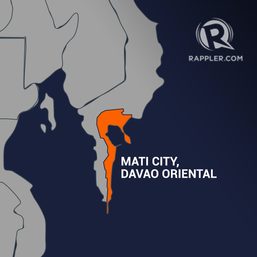

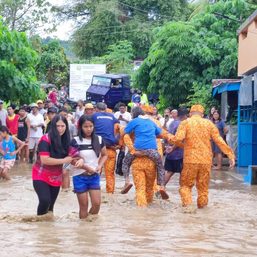

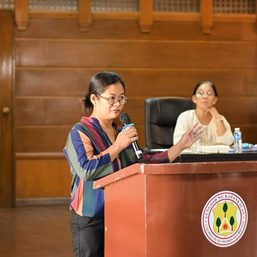


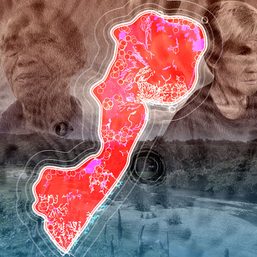
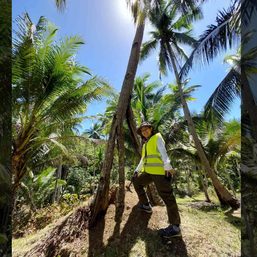
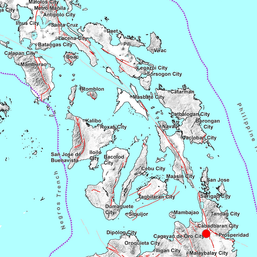
![[ANALYSIS] Lessons in resilience from Japan’s New Year’s Day earthquake](https://www.rappler.com/tachyon/2024/01/TL-japan-earthquake-warning-system-jan-3-2024.jpg?resize=257%2C257&crop_strategy=attention)

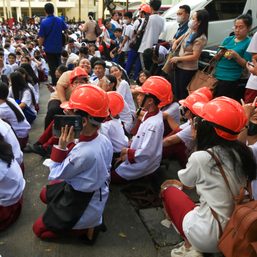
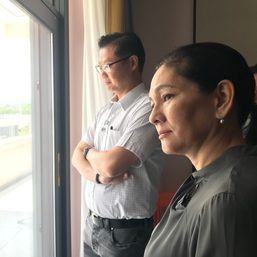
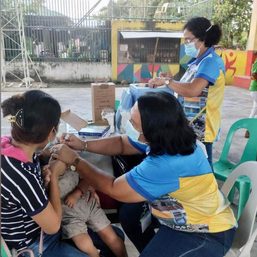
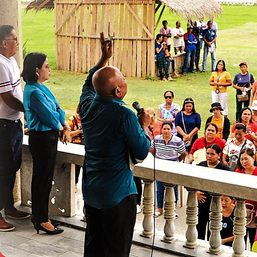
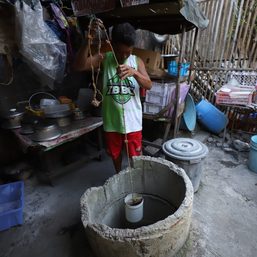

There are no comments yet. Add your comment to start the conversation.